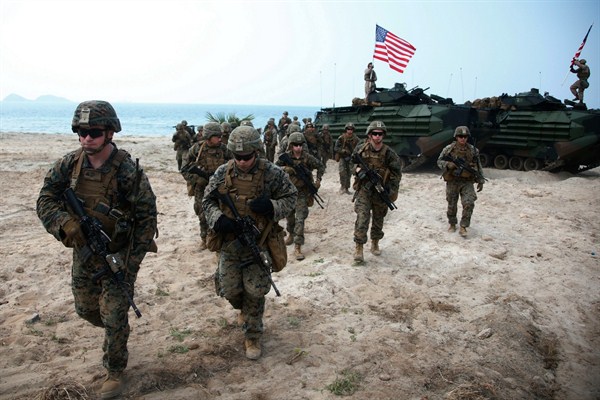Every large organization must find strategic leaders if it is to be successful. The more competitive the environment an organization operates in, the more imperative the need for creative and effective leadership. For a military, this is particularly challenging. A corporation, a large nongovernmental organization or even the government itself can look outside if it does not have talent within its ranks. Because of the very specific skill set, professional ethos and ethical framework that it takes to lead during war, armed forces must find strategic leaders from within. This makes leadership development the lifeblood of a military organization, particularly for a global power like the United States that must deal with an extraordinarily complex array of missions, tasks and challenges.
That’s why the U.S. military has built an elaborate system that combines career-long training and education with a process of rigorous leadership evaluations. At each step in a military career, fewer and fewer advance. By the time officers are eligible for what is called “flag” rank—a general in the Army, Marines or Air Force, or an admiral in the Navy—they have undergone a more than 21-year process of vetting. What started as a large cohort of new officers has been winnowed down to a small number of high achievers.
Generally, this system works. Any officer under consideration for flag rank has surmounted intense and extensive challenges. There are no duds left in the group, at least as far as measurable attributes like professional competence are concerned. But the system does have its shortcomings. As the world changes, the global security environment grows ever more complex, and the edge that the United States has over its adversaries and competitors narrows, once tolerable flaws may no longer be.

